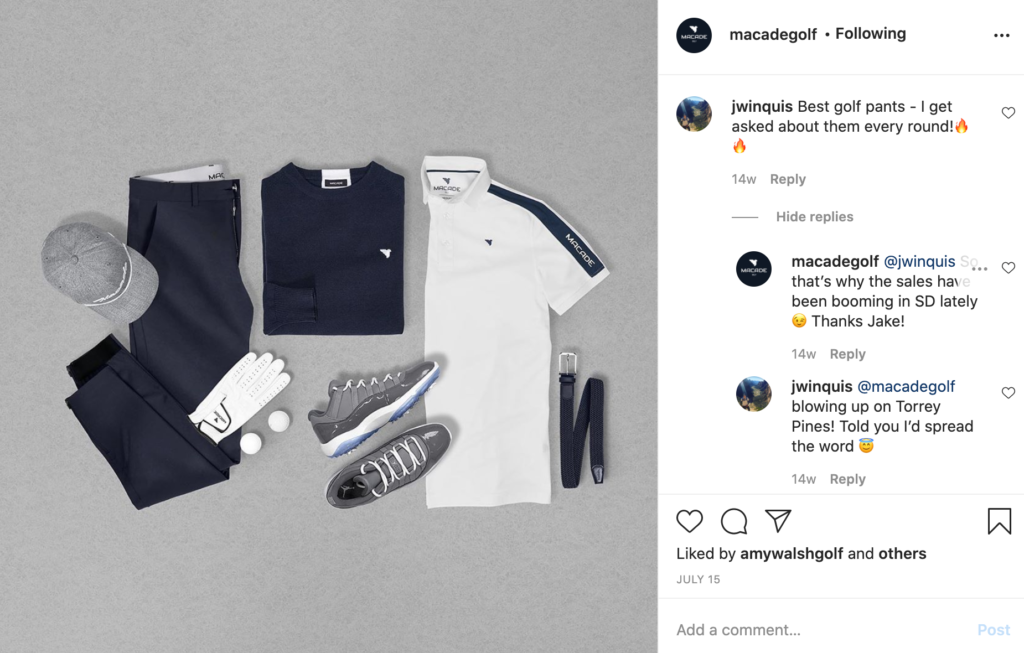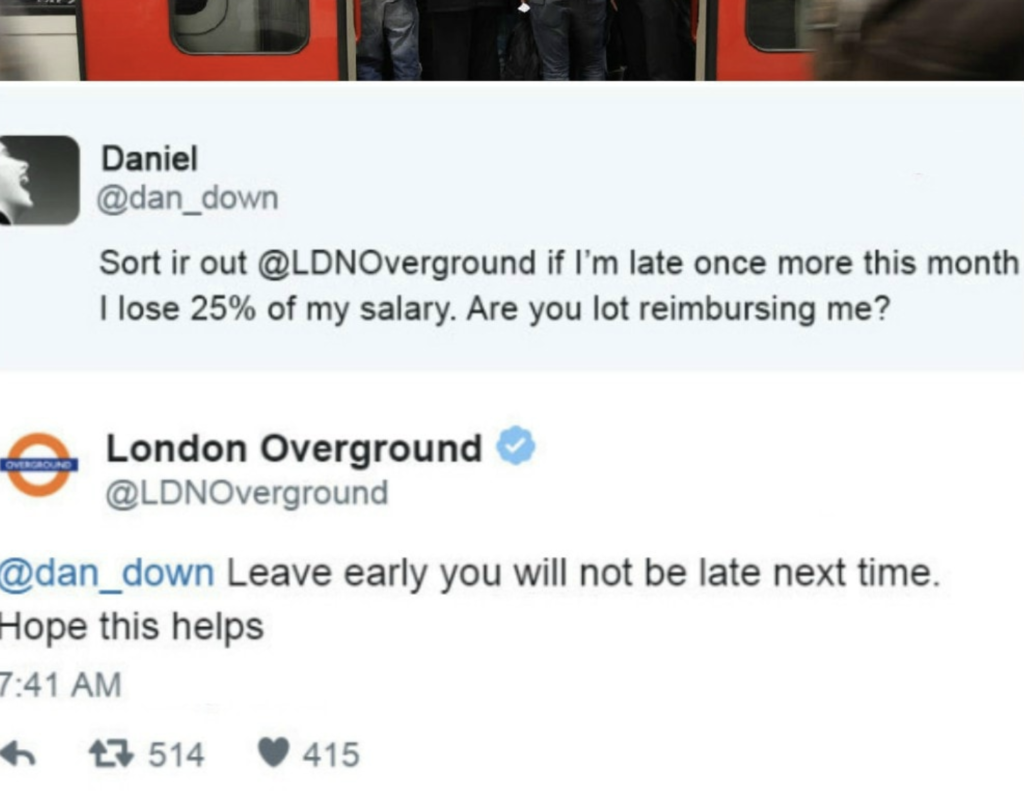As much as a company tries to be viewed in a positive light by the media, sometimes they fail. Somethings are just to bound to happen when running a business, so it is important to make sure the company has a plan on how to respond. Here we will look at two types of responses, proactive and defensive.
What is a Proactive Response?
A proactive response is one that will be thought out and show support of an issue or a customer’s concerns. Let’s say that a customer orders a new pair of sneakers online, but when they receive them they are not the right ones. If a customer takes their problem to social media, a company’s proactive response should be positive and friendly. A company may tell the customer to DM them and include a confirmation number, or apologize and offer another fix. Although responding to individual comments, it is important for the company to realize that other customers may be able to see the way respond.
Example of a Proactive Response
Macade Golf is a new Swedish brand that focuses on men’s and women’s modern golf wear. Macade is a fairly new brand in the golf world with only a few thousand followers on Instagram, yet you can tell by looking at their page that they make good products and are well-liked by customers. On every post, it is clear the company works hard to promote a positive image of their customer service. In this image, their social media team responds to a friendly review comment by using the customer’s name and a personal comment, and a thank you. Macade’s comment was well received, as it got a response back from the customer.

What is a Defensive Response?
When companies are defensive, they very often lack manners and are aggressive in their online responses, or do not provide a response at all. Imagine you go to a fancy restaurant expecting a great night, only to be met with long wait times, a wrong meal, or think the dining room is too noisy. You may go online to post a comment against the business and be hit with a negative response from the company which isn’t what you were looking for. Emitting even one defensive response can result in a negative view of a company.
Example of a Defensive Response
Here it can be seen that a fellow traveler is commenting on the long wait times for the train during business hours. Instead of coming back with a constructive comment on how they will work to address the issue, London Overground pipes back with a sarcastic comment. Hundreds of people saw this comment, and if a person is following this account, you can be sure they are currently or have in the past used this train service. This is a very unprofessional response on the companies side, and might impact that customers use of the trains in the future.

Concluding Thoughts
As you can see, it is very important to respond accordingly to all comments. It may be hard to bite your tongue and refrain from sarcastic or inappropriate comments, but a business has to remember the big picture and see that how they are viewed from their online presence can very much so affect what consumers will and will not choose going forward.